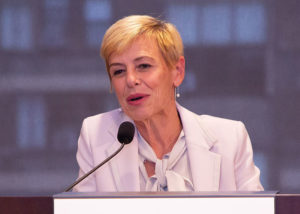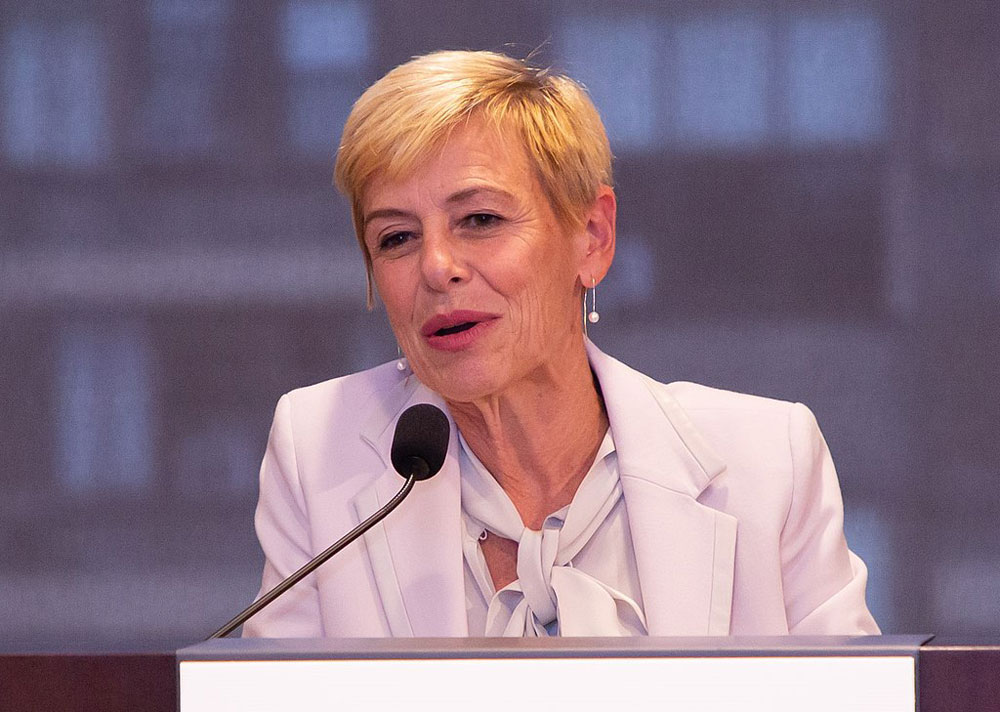![]()
March 8, 2015; Council on Foundations
The Council on Foundations just released its latest salary survey, so we thought we would share some of its most pertinent findings as they relate to diversity and leadership data from other surveys. Some of it conforms to what we see happening in the rest of the sector—older, relatively white CEO leadership with relatively long tenures.
- Relatively long CEO tenures: More than 40 percent of grantmaker CEOs have been CEO for ten or more years. This is almost exactly the same percentage as was found in the recent survey of nonprofits performed by BoardSource, where it was reported that 41 percent of the CEOs who responded had been in their positions for 10 years or longer.
- Relatively older executive leadership: According to Vickie Spruill, 17 percent of foundation leaders—CEOs and Chief Giving Officers—and six percent of full-time staff in respondent organizations were aged 65 or older. Sixty-one percent of foundation CEOs were aged 50 to 64; only four (not four percent, four) were under 30.
- The bigger the grantmaker, the older the leadership: About 90 percent of grantmakers with $500 million or more in assets were led by CEOs who were age 50 or older; this proportion drops slightly with decreases in asset size. The lowest proportion of CEOs over 50 was among grantmakers with less than $10 million.
But in some ways, the leadership demographics in foundations buck the general trend in the sector that holds that the bigger the organization, the whiter the leadership:
- In foundations, the percentage of racial diversity in leadership and program officer positions rises with asset size: “The percentage of minority program officers was highest among foundations with large assets. Although racial or ethnic minorities represented 32 percent of program officers overall in 2014, they accounted for 45 percent of program officers at grantmakers with $2 billion or more in assets. In addition, minorities represented 8 percent of foundation CEOs overall, but they held 21 percent of those positions among foundations with $1 billion or more in assets.”
This finding may be a bit skewed in that the foundations with more than a billion in assets are a very small sample of the overall field of survey respondents. And although the size correlation to racial/ethnic diversity seems to buck the trend in the sector, the same is not true for gender. Vickki Spruill, the president and CEO of the Council on Foundations writes in her reflection about the survey findings:
Sign up for our free newsletters
Subscribe to NPQ's newsletters to have our top stories delivered directly to your inbox.
By signing up, you agree to our privacy policy and terms of use, and to receive messages from NPQ and our partners.
“When we looked at the survey data, some findings jumped off the page. At the staff level, there seems to be a significant gender imbalance—75 percent of grantmaker staff are women, and if we break this down further, nearly 90 percent of administrative staff are women. At the CEO level, philanthropy scores well against other sectors in terms of gender equality because over half of our CEOs are female. However, at the largest foundations (those with financial assets of more than $1 billion), just 28 percent of CEOs are women.”
She goes on:
“Last year, racial and ethnic minorities comprised nearly 25 percent of surveyed organizations’ reported staff, a reflection of years of hard work in addressing past inequities. However, these gains are not reflected at the executive level. Only 8 percent of CEOs were identified as racial and ethnic minorities. The data reminds us that collectively we have more work to do.”
So, as Rick Cohen asked in his piece on diversity in philanthropy last year, “does philanthropy get caught up on the big announcements of individuals here and there and missed broader dynamics among foundations in general? […] Darren Walker in the C-suite at Ford’s 43rd Street headquarters or La June Montgomery Tabron heading Kellogg in Battle Creek doesn’t alleviate philanthropy of its obligation to change the demographics of leadership in foundations.”—Ruth McCambridge












